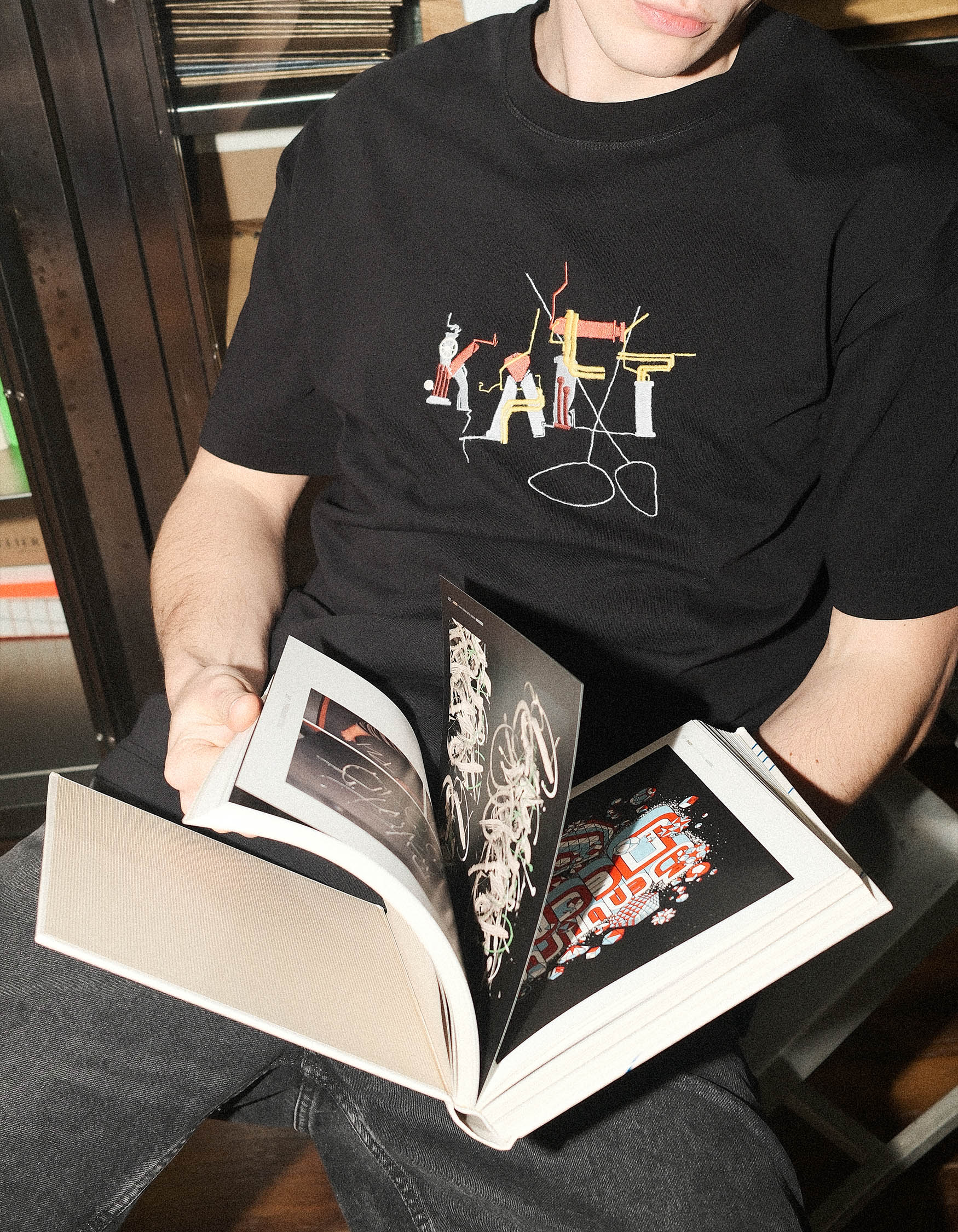Saul Kim
Designer, Thinker, Educator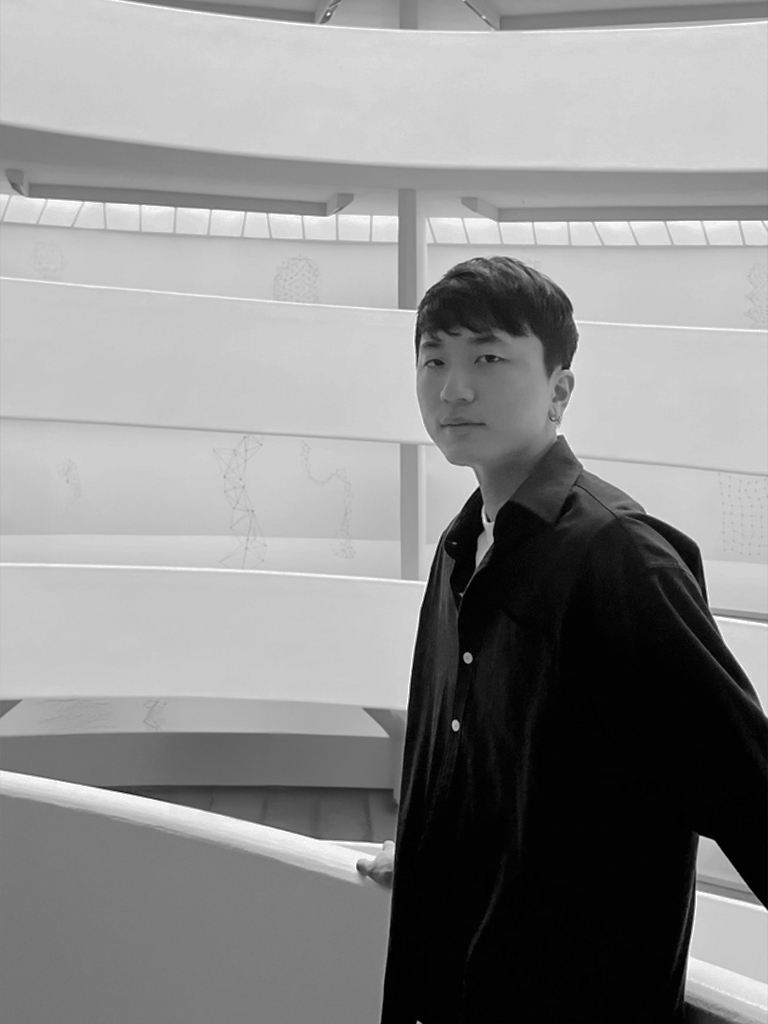
Saul Kim is the third guest of our interview series, focusing on the production practices of artists from different fields. Saul defines himself as an architectural designer. We collaborated with Saul for our 2023 designs and he is the creator of three different characters from Architecture Anomaly series.
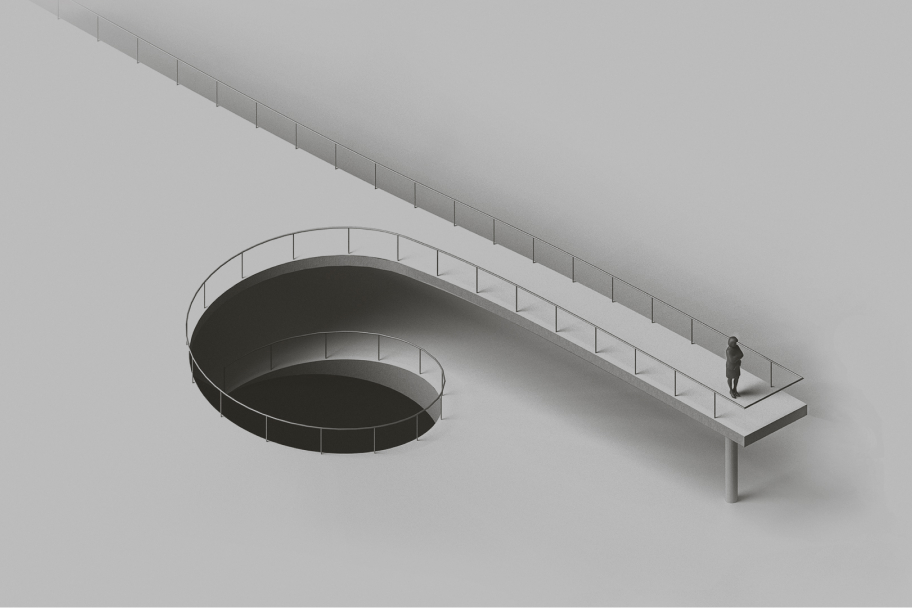 Plaster Peeling
Plaster Peeling
 Ground Gyration
Ground Gyration
I recently went on a trip to multiple cities including Boston, New York and Singapore. I work remotely most of the time so I would say it is most enjoyable working while traveling. The new environments make me more creative.
“...so I would say it is most enjoyable working while traveling. The new environments make me more creative”
 New York - Saul Kim
New York - Saul Kim
I have many ideas and the push comes from my curiosity to find out if my ideas can actually work as functional architectural products.
I always tell my students that the design is complete when the idea is expressed clearly. I believe that making things too complicated is not always good for design.
I don’t draw too well, I only focus on getting my ideas down so that I can refer to them later on.
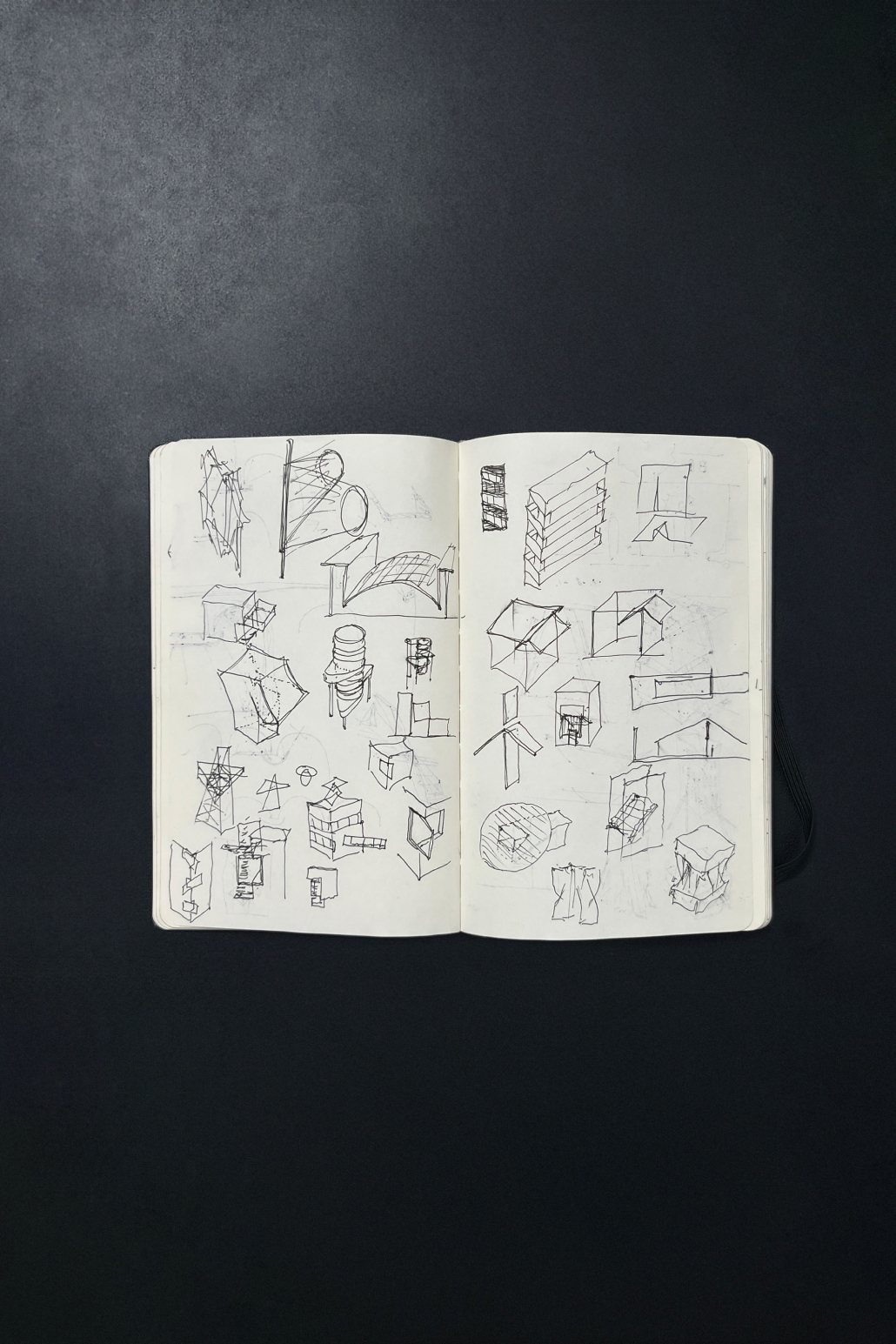 Sketchbook - Saul Kim
Sketchbook - Saul Kim
I love looking at furniture design. There are so many commonalities between architecture and furniture, such as structure, function and material. The ideas from the art of furniture making can be transposed to architectural design.
like to live in?
If I were to develop one of them to be my house, I would like to choose Rollin House (AA214). The dynamic language and canteliver made from extremely simple manipulation of a surface seem to be powerful. Could be quite a unique experience to be living in it.
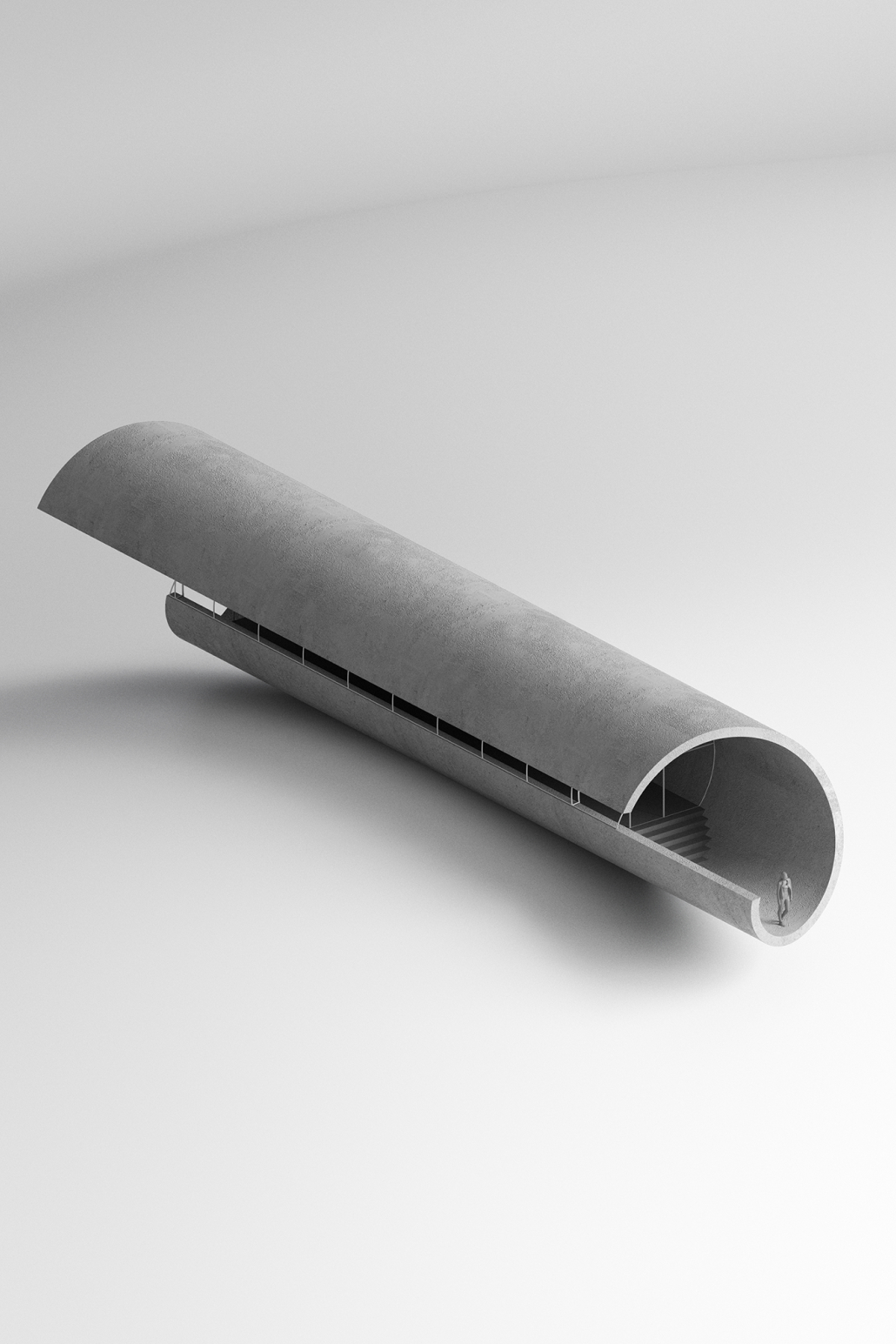 Rollin House (AA214) - Saul Kim
Rollin House (AA214) - Saul Kim
Can you share with us those steps from
the beginning until the end?
First I look for inspirations. This is the most important part of the process because it already determines if the final product is good or bad. Of course it is not just about looking for something good and then trying to turn that into an architectural product. It is about being able to deduce the characteristics of the inspiration and imagining the architectural possibilities. I would sketch out my vision for how I can apply certain characteristics to architecture and what kind of spatial quality they might provide at the end. The last step is to model my design in 3D with proper dimensions and to represent them in an abstract format. That is how I create Architecture Anomaly.
I am most active on my Instagram (@saul_kim_) where I would consistantly upload my new architecture anomaly series, and also on Domestika, where I teach my students some of the design thinking and techniques that I am using to create my works.
